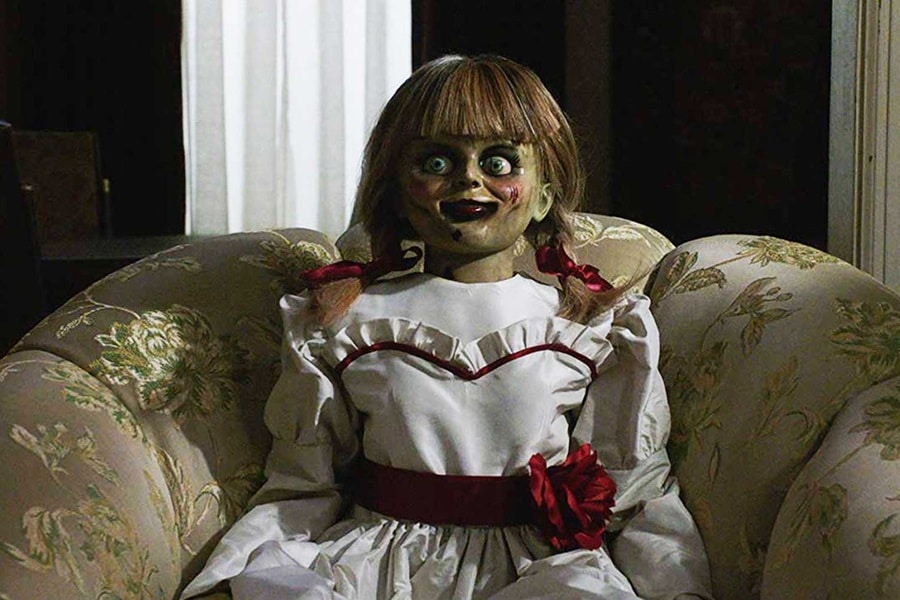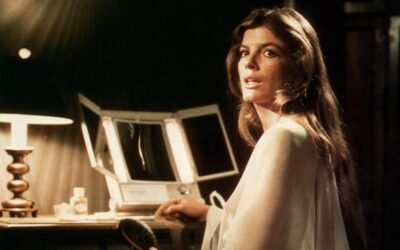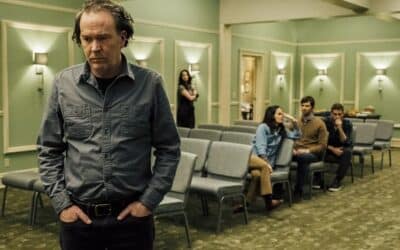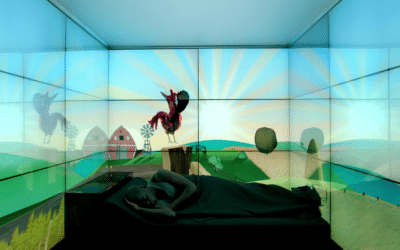
Haunted Objects
Haunted objects in horror fiction are a testament to the genre’s ability to transform the mundane into the macabre. These items, cursed or possessed, carry with them a sense of dread that transcends their physical form, embedding terror in the ordinary.
The origins of haunted objects trace back to ancient folklore, where talismans and relics were believed to harbor spirits or curses. In Nathaniel Hawthorne’s “The House of the Seven Gables,” a cursed portrait wreaks havoc on the Pyncheon family, illustrating how objects can carry the weight of generational curses. This early example sets the stage for the myriad haunted items that would follow in literary history.
Classic horror literature is rife with examples of haunted objects that drive their narratives forward. In Henry James’ “The Turn of the Screw,” a seemingly innocent letter becomes a harbinger of spectral visitations and psychological unraveling. The letter, an ordinary object, turns sinister as it intertwines with the governess’s growing paranoia and the children’s mysterious behavior.
Modern horror has taken the concept of haunted objects and expanded it in innovative ways. In Stephen King’s “Christine,” a 1958 Plymouth Fury becomes a living entity, possessed by a malevolent force that corrupts its owner. The car, a symbol of freedom and youth, is twisted into an instrument of death, embodying the duality of human desires and fears.
Another contemporary example is Joe Hill’s “Heart-Shaped Box,” where a rock star purchases a haunted suit from an online auction, only to find it inhabited by a vengeful spirit. The suit, an extension of the protagonist’s morbid curiosity, becomes a conduit for terror, reflecting the dangers of delving into the unknown.
In film and television, haunted objects often take on a life of their own, becoming central to the horror experience. The Lament Configuration in Clive Barker’s “Hellraiser” series, a puzzle box that summons demonic entities, is an iconic example. The box’s intricate design and the horrors it unleashes symbolize the human temptation to unlock forbidden knowledge, regardless of the cost.
“The Conjuring” franchise introduces the Annabelle doll, an innocuous child’s toy turned vessel for malevolent spirits. The doll’s eerie presence and unsettling influence on its surroundings highlight the potency of haunted objects in visual storytelling, where their impact can be felt even in the absence of overt supernatural activity.
The psychological impact of haunted objects in horror fiction cannot be overstated. These items often symbolize deeper fears and anxieties, serving as physical manifestations of internal turmoil. In Shirley Jackson’s “We Have Always Lived in the Castle,” the family’s heirloom sugar bowl becomes a focal point of obsession and control, reflecting the characters’ fractured psyches and the claustrophobic nature of their existence.
Haunted objects in horror fiction are more than mere plot devices; they are symbols of the human condition, embodying our deepest fears and darkest desires. Whether an ancient relic, a cursed portrait, or a possessed vehicle, these items carry the weight of their histories and the malevolence they channel. They transform the ordinary into the extraordinary, making the familiar terrifying and the mundane menacing.
As horror fiction continues to evolve, so too will the haunted objects that populate its stories. Each new cursed item and possessed possession adds to the genre’s rich tapestry, offering fresh avenues for fear and fascination. The allure of these objects lies in their ability to make us question the reality of the world around us, to see danger in the everyday, and to wonder what malevolent forces might lurk within the things we hold dear.
More Horror Features
1970s Horror
The 1970s may be gone, but the fear they inspired remains
Horror Through the Ages
A Journey Through Time and Terror
Technology in Horror
When gadgets become nightmares



